By Mike Quarton
In this edition of Time Travel, we’ve set out a little beyond York’s vibrant city centre into the leafy suburb of Heslington to take a look at the Grade II listed building and its serene gardens. The Hall is located on the intersection of tree-lined University Road and Main Street Heslington. From its grand front gates you can also see Heslington’s equally picturesque church and beautiful grounds.
The original Manor House was constructed over the years 1565-8 for Sir Thomas Eynns and his wife Elizabeth; he was a long serving MP and held the position of Secretary and Keeper of the Seal to the Council of the North. This was an important administrative body set up to keep rising political and religious tensions under control, an endeavour that ultimately failed as northern dissent culminated in open rebellion during the Revolt of the Northern Earls in 1569.

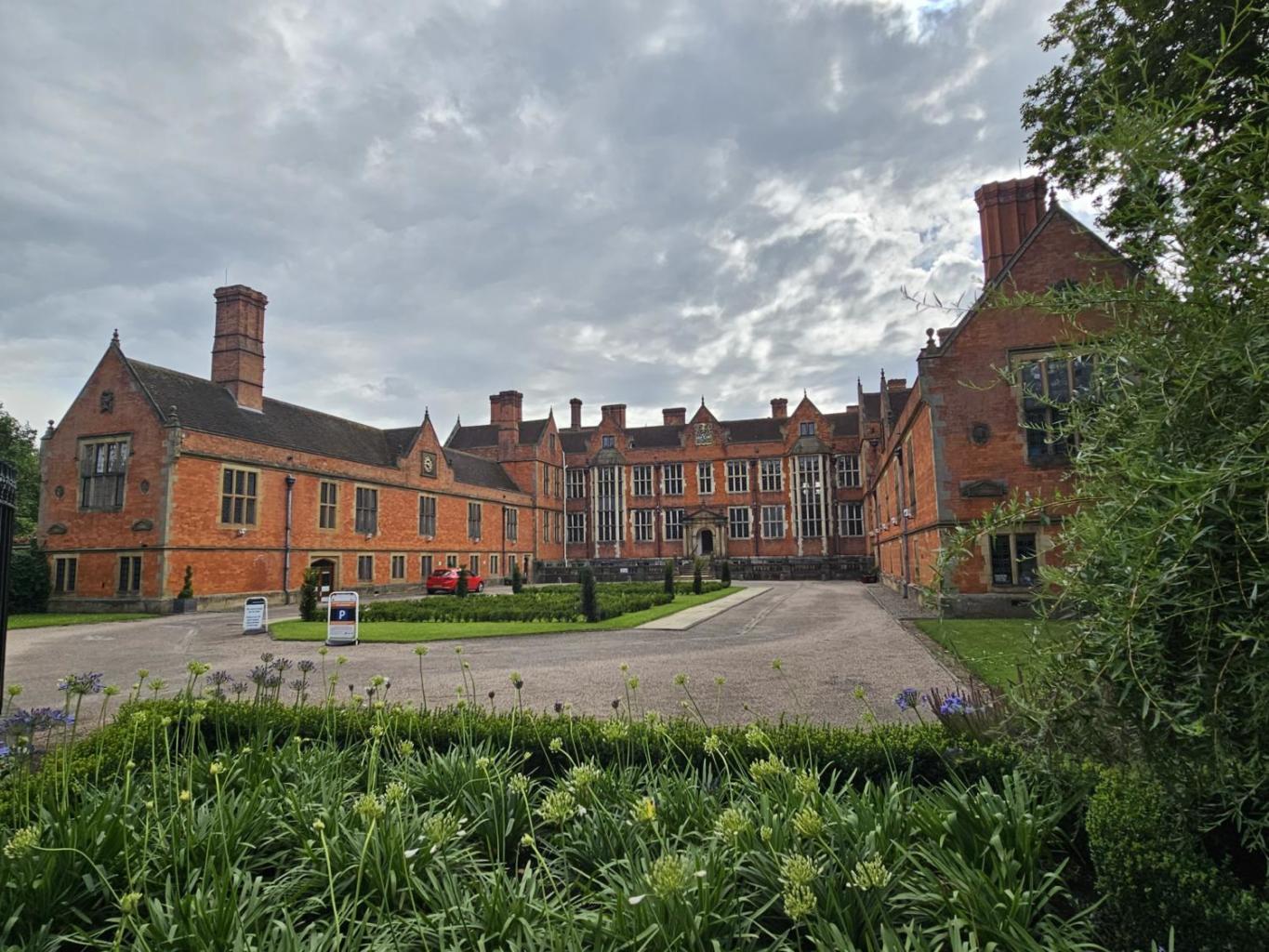
After Eynns sold the estate in 1601, ownership of the Hall passed through the Hesketh and Yarburgh families until it was passed on to Yarburgh Greame of Sewerby Hall upon his wife Sarah Yarburgh’s death. Yarburgh Greame (confusingly also adopting the surname Yarburgh!) took the opportunity to make some changes and commissioned the architect Philip Charles Hardwick to rebuild the Hall in the Victorian Jacobethan style that we see today.
It remained as a private residence for some years until the outbreak of the Second World War, when Nicholas de Yarburgh-Bateson (4th Baron Deramore) vacated the premise and allowed it to be used by the Royal Air Force, it would never again be formally occupied, as much like the rest of the country the Hall was fundamentally changed by the war. It remained under military control until February 1948, when it was passed back into private ownership. The Hall was then repurposed by the conservation architect Sir Bernard Feilden, (whose other notorious works include the Great Wall of China and the Taj Mahal) and was made into the administrative headquarters for the University of York.
Behind the Hall itself lies a Dutch styled garden, in a fashion that was made popular with the arrival of William of Orange. The garden was created by James Yarburgh and is dated as far back as the reign of Queen Anne (1702-1714). It contains regimented topiariased evergreen trees, so enticing that before you know it you’re walking between them and are led into the peaceful solitude of a two storey gazebo, aptly named ‘the quiet place’ — from up there you get unrivalled views of Heslington.
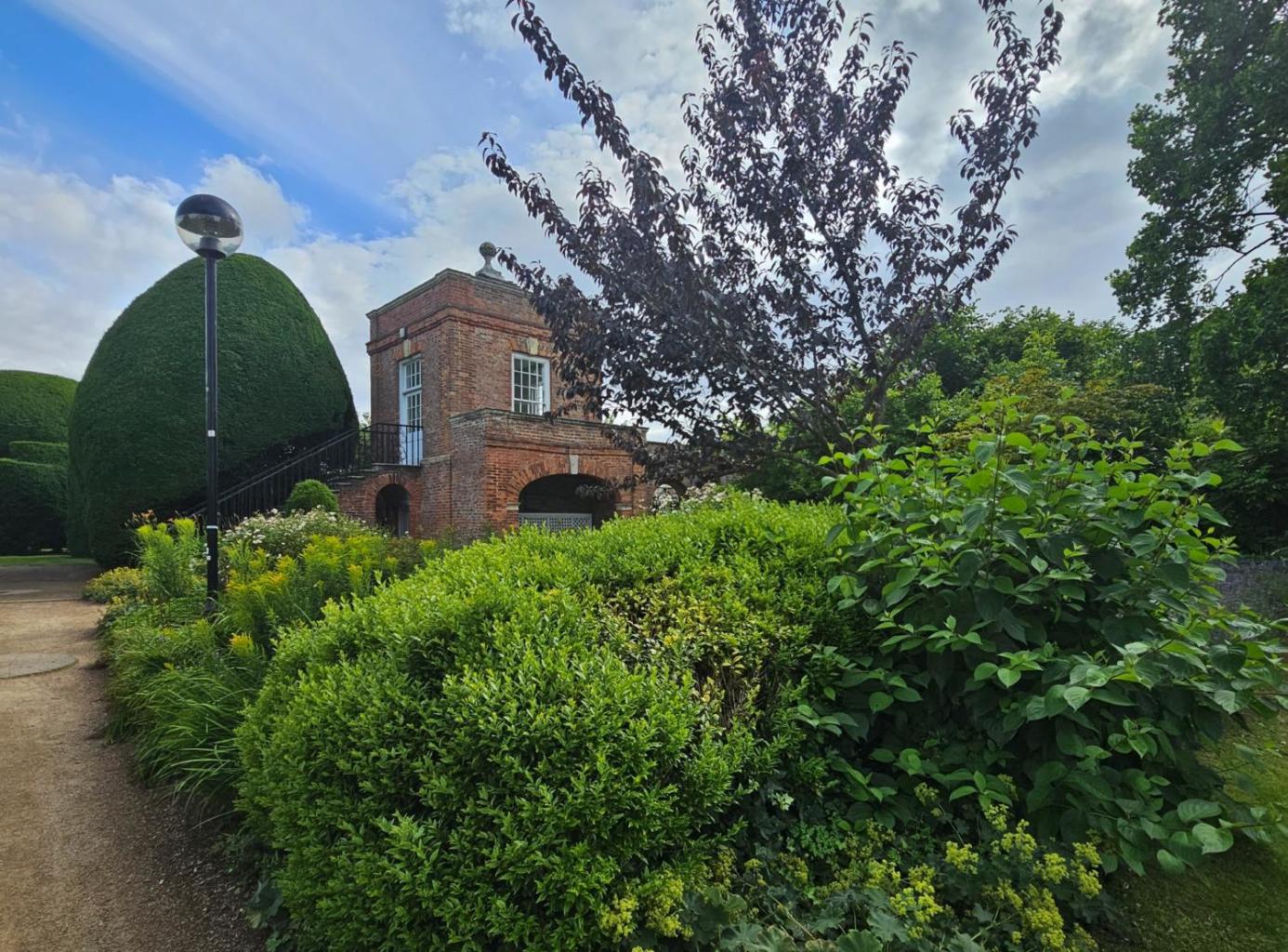
These views extend across the University lake which allow you to spot a multitude of bird species. Tucked behind that is a private walled garden as well as an Orangerie; being able to grow your own exotic fruits was all the range for the 18th century aristocracy. Nearer to the Hall, a long rectangular pool extends with 8 fountains that perfectly mirror the geometric layout of the trees, giving the impression of order whilst also providing an audible sense of serenity.
The Hall itself is not accessible to the public as it is a working University building, however the surrounding grounds are well worth a visit. You can even go see the sculpture named “Dryad” by Artist Austin Wright located to the rear of Heslington hall.



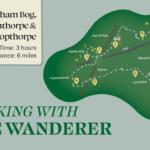

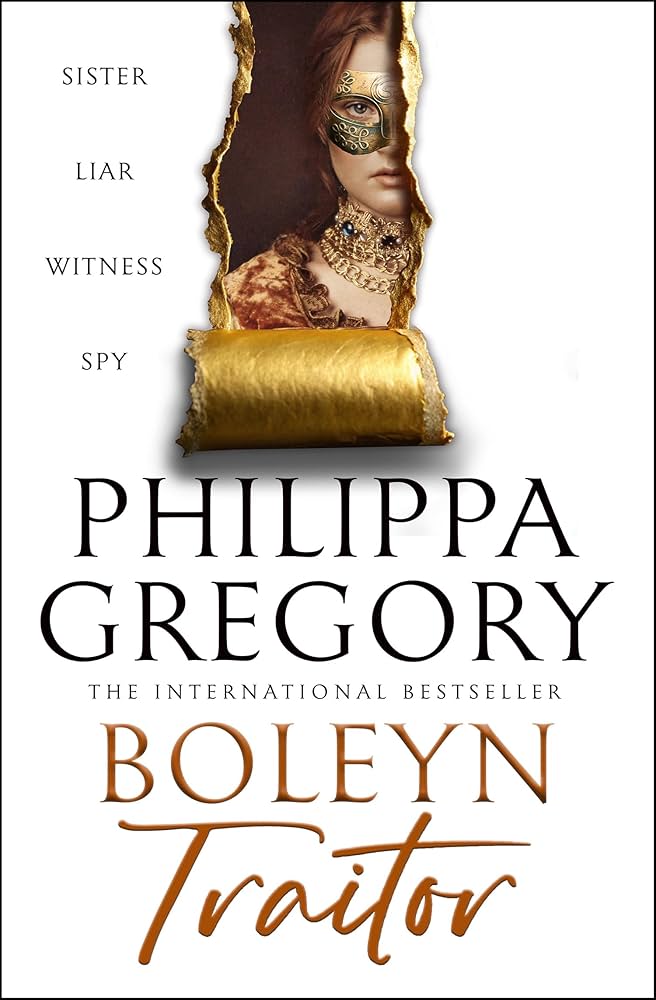

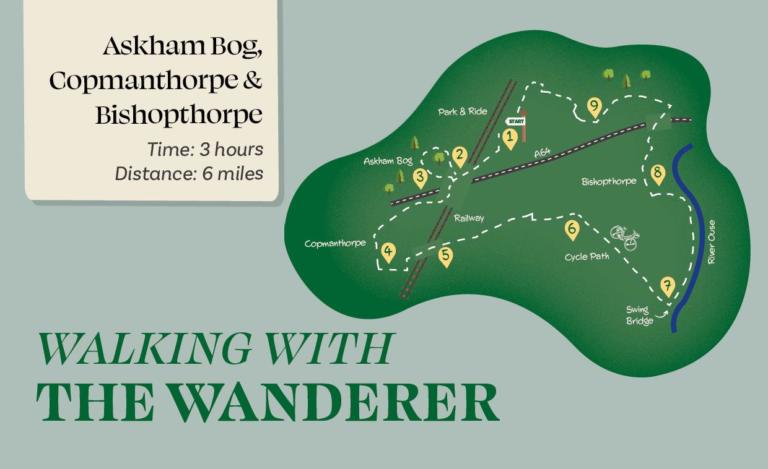
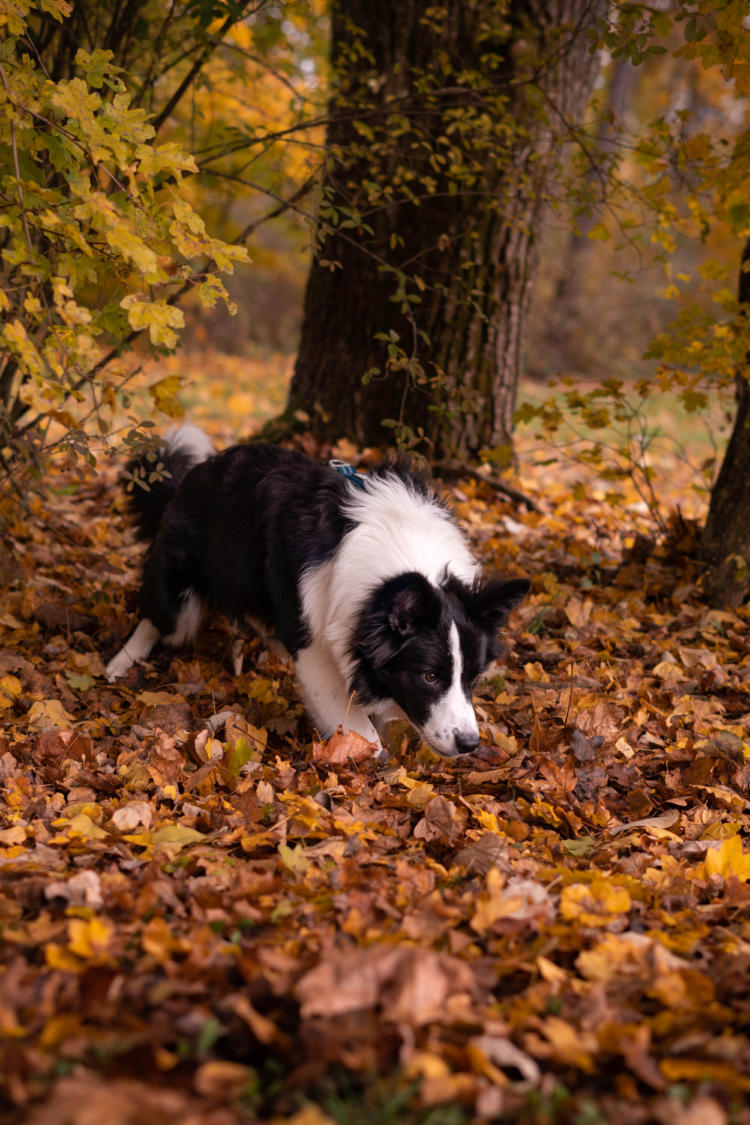

Add a comment